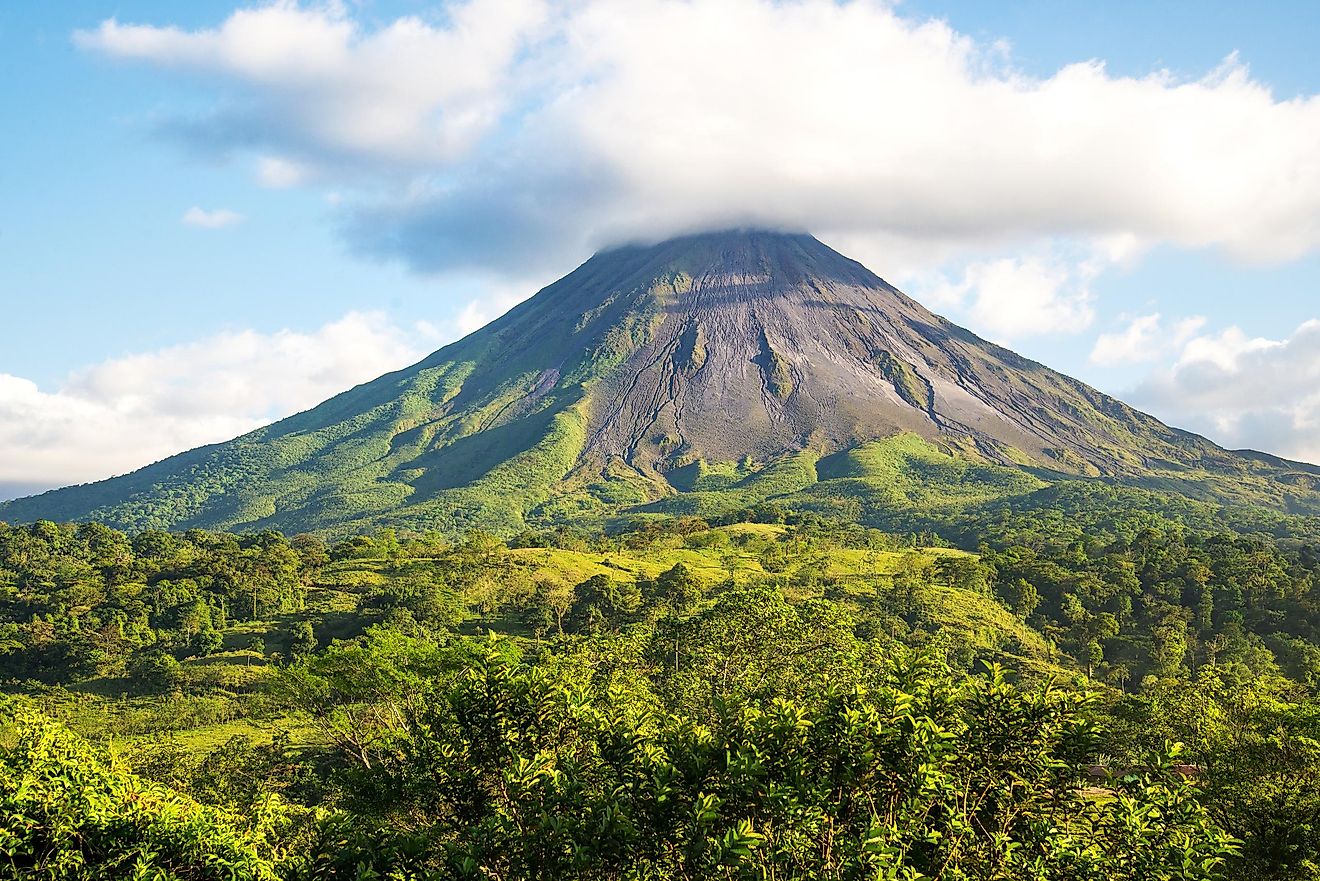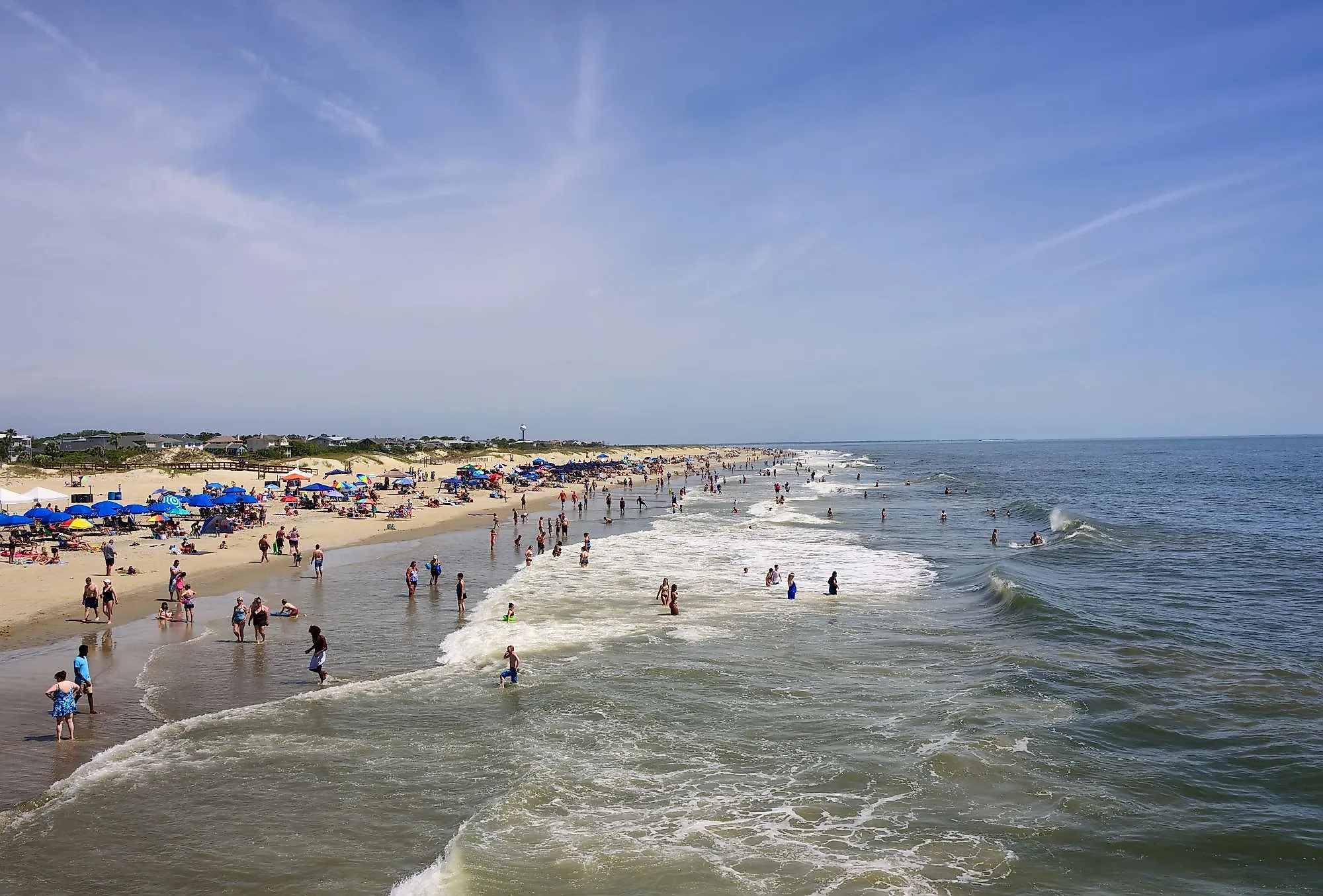
Tybee Island
Tybee Island is a barrier island in the state of Georgia, United States. It is located along the eastern coast, about 29km to the east of the city of Savannah. It covers an area of approximately 56.65 square kilometers. The island marks the easternmost point of the state of Georgia. The island forms a part of the Savannah metropolitan area, and was once called Savannah beach. It has since returned to its original name of Tybee, and includes the city of Tybee Island (though this city does not encompass the whole island).
Geography Of Tybee Island
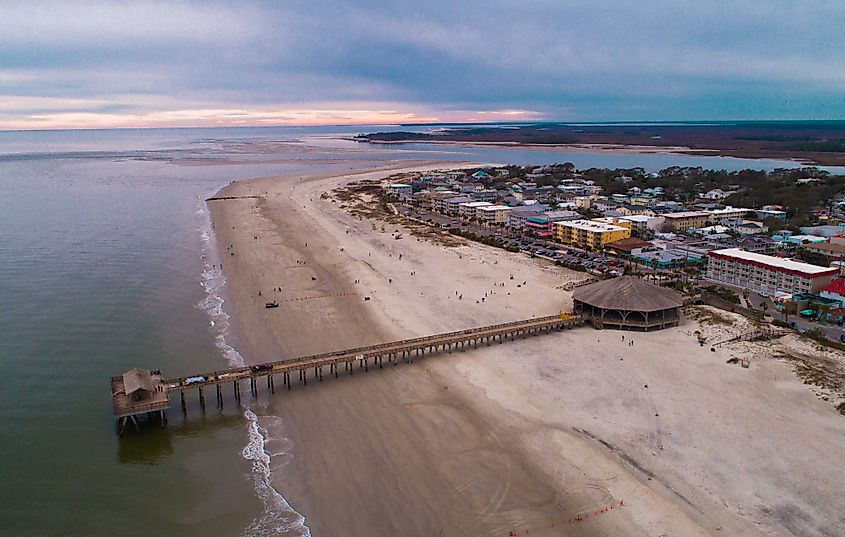
Tybee Island is part of Georgia’s Sea Islands, which run along the eastern coast, and make up the outer portion of the state's Lower Coastal Plain region. Due to their location and orientation, these islands are sand beaches dominant on their eastern shores, and primarily salt marshes on the inner, western sides. The rest of the island is a maritime forest ecosystem with freshwater sloughs. The island is separated, or bordered by the Savannah River which flows into the Atlantic Ocean at the northern end of the island, and the Lazaretto creek which dissects Tybee and McQueen's islands. To the south, the Tybee Creek flows into the Atlantic at the island’s southern tip, and separates the main island from Little Tybee Island, which is mainly protected wetlands.
Attractions In Tybee Island
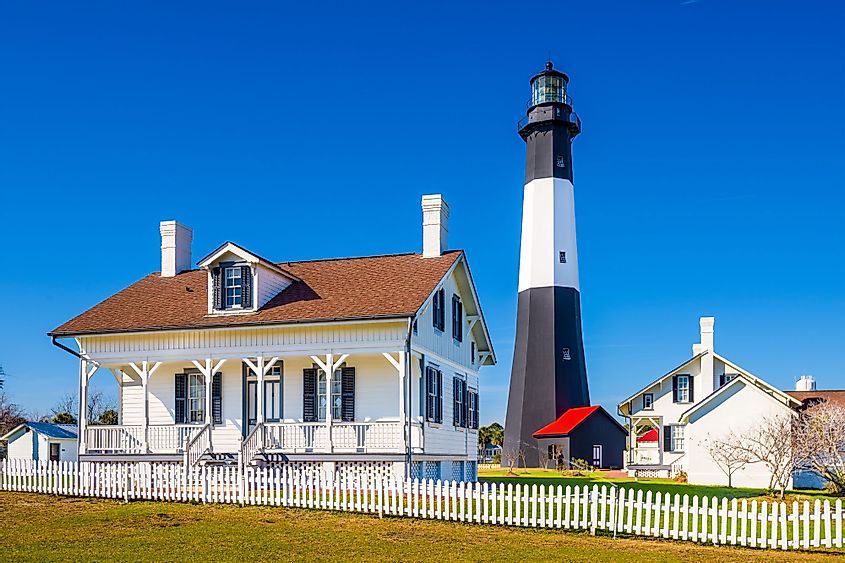
The island has a few notable attractions. One, is Fort Screven which was built in 1897 as part of the United States' coastal defense system. It was intended primarily to defend the mouth and pathway of the Savannah River and fend off any potential attacks through that waterway. A Battery garland is also present, and was a gun battery until roughly 1950, when it was converted into the Tybee Island Museum. This area at the mouth of the Savannah River is also the Tybee Island Light Station. The lighthouse was first built in 1736, and measured 27 meters in height. At the time, this made it the tallest structure in America. The lighthouse was then rebuilt in both 1742, and 1773. The foundation of the third 1773 build remains today, though in 1867 it was extended and improved to the height of 29 meters. The area is not a historically preserved area, and is popular with tourists.
Wildlife Of Tybee Island
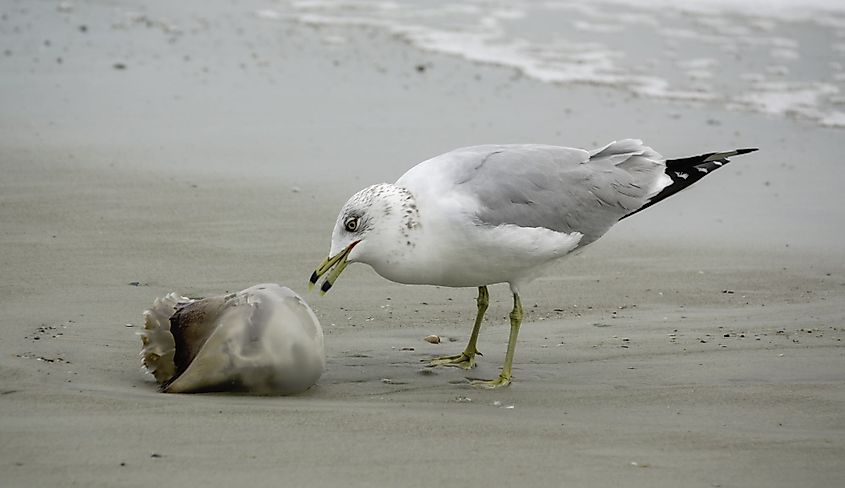
Wildlife is plentiful in Tybee Island, and there is even the Tybee National Wildlife Refuge. The refuge was established in 1938 and consists of saltwater marshes, and wooded areas containing eastern red cedar, wax myrtle, and groundsel. At low tides, the sandy beaches are popular for migratory nesting birds, and waterbirds such as seagulls and sandpipers can often be seen on the beaches. Marine life is also plentiful, and sea turtles, crabs, sharks, jellyfish, and dolphins can all be found in the waters just offshore from the island.
Concerns/Controversy
Sharks have been of some concern in the area. Though attacks are not particularly high in the area, reports of the shark attacks - or reports of the numbers of attacks - were suppressed by local authorities as the incidences were deterring tourists and alarming visitors to the area. Another cause for concern for some in the area is the presence of a nuclear bomb. In 1958, the US Air Force accidentally dropped a Mark 15 nuclear bomb near Tybee Island. The bomb did not detonate, and there are reports that it was not armed, however the fact that the bomb was never found has raised concerns in case of a potential future accident or detonation. Despite these concerns, the island remains a popular place for the locals and visitors to enjoy the area.
